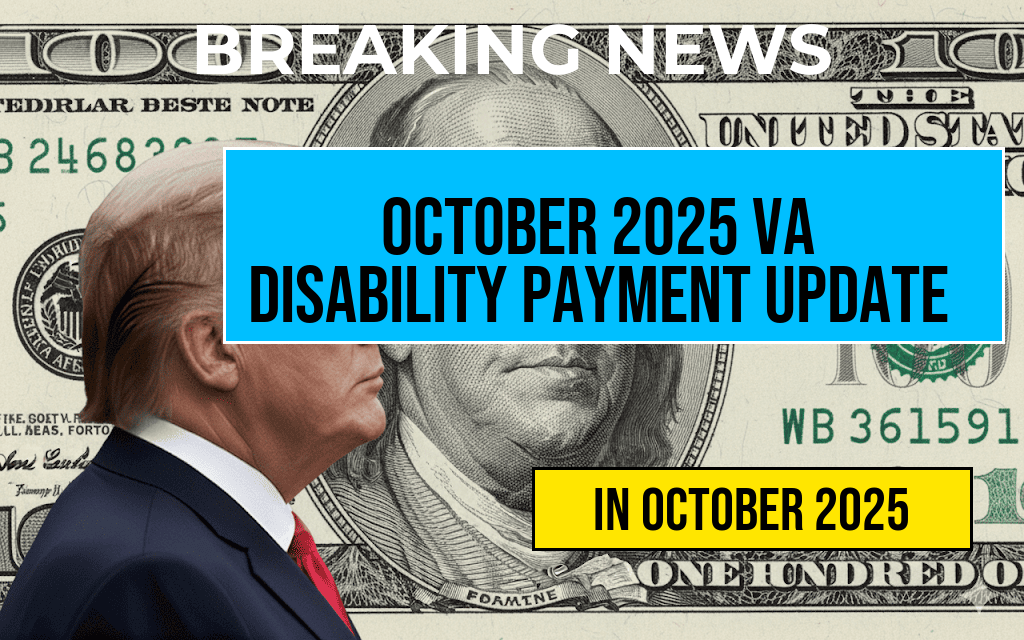As the calendar turns to October, millions of Americans who rely on the Supplemental Nutrition Assistance Program (SNAP) will face significant changes that could impact their food security. The recent overhaul of the program, aimed at streamlining administration and addressing systemic inefficiencies, is set to result in the discontinuation of benefits for many participants. With eligibility criteria being tightened and funding adjustments in place, households across the nation are bracing for the loss of vital assistance. This overhaul comes at a time when food prices are soaring, making the challenges of accessing nutritious food even more daunting for low-income families.
Understanding the SNAP Overhaul
The changes to SNAP are part of a broader effort by the U.S. Department of Agriculture (USDA) to modernize food assistance programs. While the intention is to improve efficiency and reduce fraud, critics argue that the new measures could exacerbate hunger among vulnerable populations. According to the USDA, the overhaul will eliminate benefits for approximately 3 million households, affecting those who have previously relied on the program for groceries.
Key Changes in Eligibility
- Tighter Income Limits: The new regulations impose stricter income eligibility thresholds, meaning that many families that previously qualified may no longer be eligible.
- Asset Tests Reintroduced: For the first time in years, asset tests will be reintroduced, penalizing families with savings above a certain threshold.
- Temporary Pandemic Adjustments End: Benefits that were increased during the COVID-19 pandemic are set to revert to pre-pandemic levels, further reducing the aid available to recipients.
Impact on Households
The impact of the SNAP overhaul is expected to be profound. Families who relied on assistance for their monthly grocery bills will have to seek alternative solutions to meet their nutritional needs. Many households are already experiencing food insecurity, and the loss of benefits could push them into deeper financial hardship.
Statistics on Food Insecurity
Recent data from the Feeding America network reveals that food insecurity rates have surged in recent years, particularly among households with children. The following statistics illustrate the severity of the issue:
| Year | Percentage of Food-Insecure Households |
|---|---|
| 2019 | 10.5% |
| 2020 | 14.8% |
| 2021 | 11.1% |
| 2022 | 12.5% |
Community Response and Support Systems
In light of the impending changes, community organizations are mobilizing to offer support to those affected. Food banks and local charities are ramping up efforts to provide additional resources and assistance, ensuring that families do not face hunger alone. Initiatives such as emergency food distribution and nutrition education programs are being expanded to help mitigate the effects of the SNAP benefit reductions.
What Families Can Do
- Explore Local Resources: Families are encouraged to reach out to local food banks and community organizations for assistance.
- Apply for Other Assistance Programs: Exploring options such as Temporary Assistance for Needy Families (TANF) or local government support can provide additional relief.
- Stay Informed: Keeping up-to-date with changes in nutrition assistance programs can help families navigate the shifting landscape of food security.
The upcoming changes to SNAP benefits highlight the ongoing challenge of food insecurity in America. As households prepare for the loss of critical support, community resilience and advocacy will be essential in ensuring that no family goes hungry. As the situation unfolds, it will be crucial to monitor the effects of these policy changes and advocate for solutions that prioritize the well-being of all Americans.
For more information on SNAP and its impacts, visit the USDA SNAP page or check out the NPR coverage for detailed insights.
Frequently Asked Questions
What are SNAP benefits and why are they important?
SNAP benefits, or the Supplemental Nutrition Assistance Program, provide essential food assistance to low-income individuals and families. These benefits help ensure that millions of Americans have access to nutritious food, thereby supporting public health and reducing hunger.
When are the SNAP benefits set to disappear?
The SNAP benefits are scheduled to disappear in October due to an overhaul of the program. This change is part of a broader initiative aimed at reforming how food assistance is administered in the United States.
What are the reasons behind the SNAP program overhaul?
The overhaul of the SNAP program is intended to address issues such as inefficiency, fraud, and changing economic conditions. The goal is to create a more sustainable and effective system for delivering food assistance to those in need.
How will the disappearance of SNAP benefits affect low-income households?
The disappearance of SNAP benefits is likely to have a significant impact on low-income households, potentially increasing food insecurity and making it more difficult for families to afford basic necessities.
Are there any alternatives to SNAP benefits for those affected?
While SNAP benefits are a primary source of food assistance, individuals affected by the disappearance of these benefits may explore other resources such as local food banks, community programs, and charitable organizations that provide food support.











